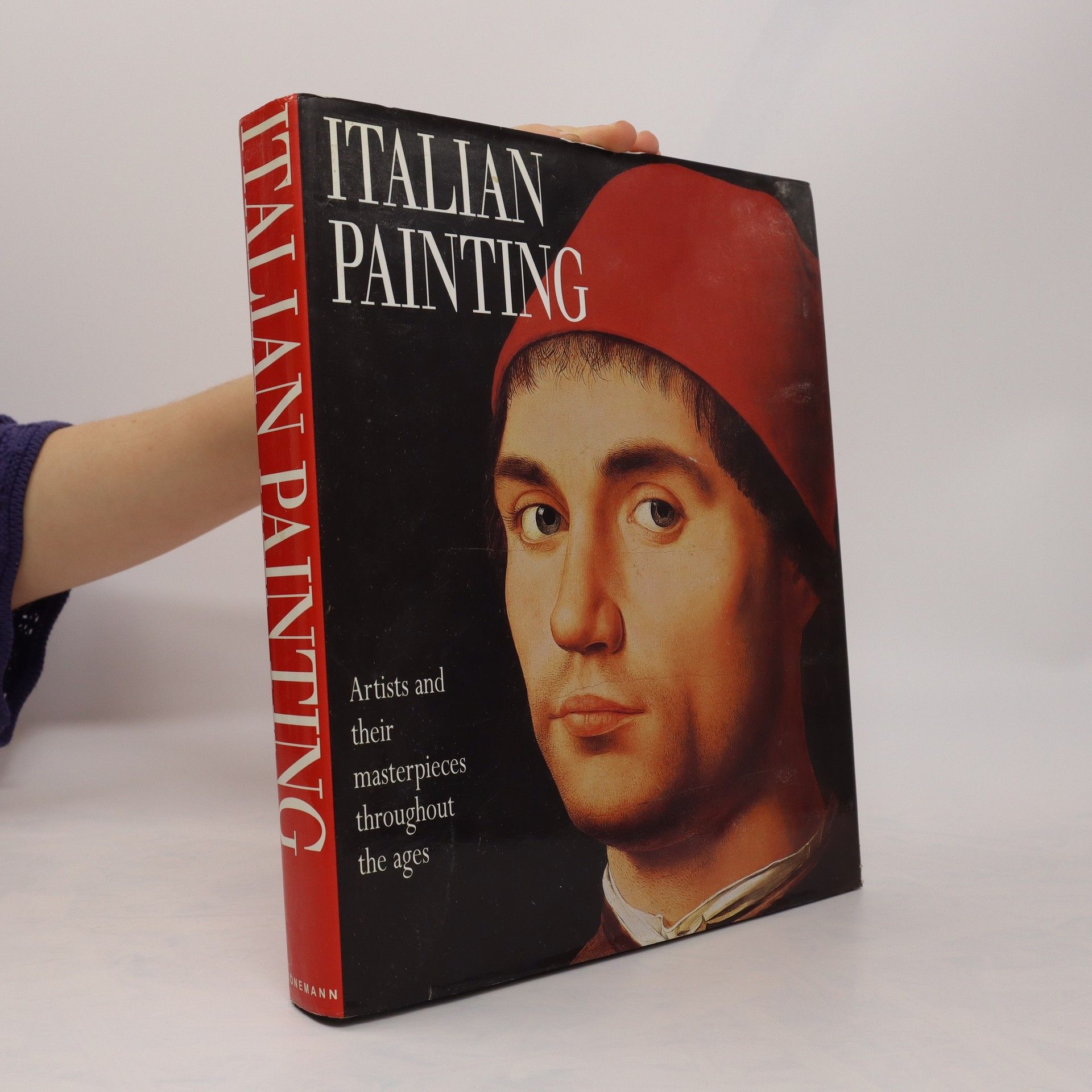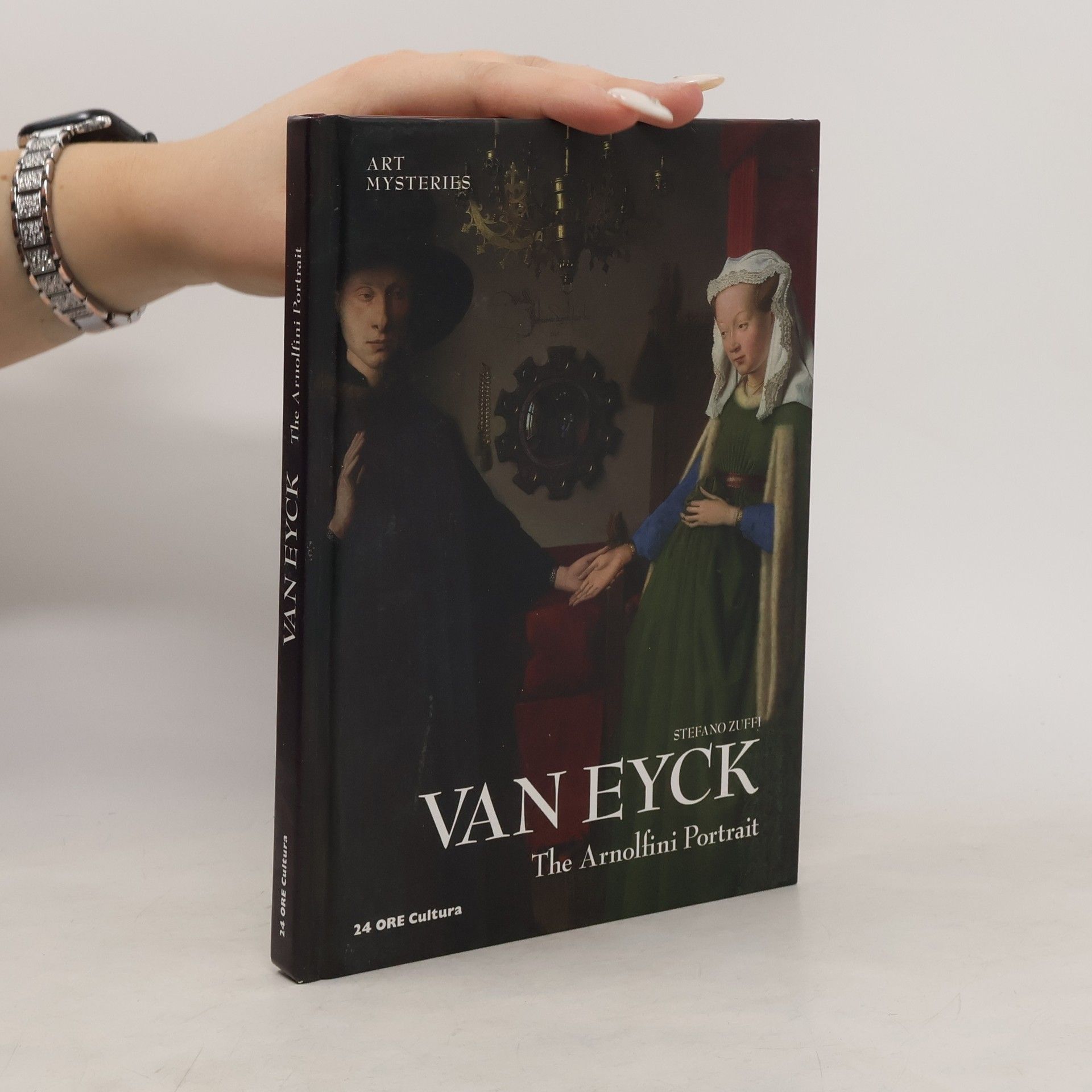Born in 1571 and dead before he was forty, Caravaggio is considered one of the great Italian masters. He developed a revolutionary painting style, easily recognizable for its unprecedented realism and approachability. This book reveals his paintings as never before, showing them in stunning, full-page details. It is organized around nine thematic chapters, such as still-lifes, the five senses, severed heads, body and skin, and speaking gestures. By explaining the significance of the individual details, art historian Stefano Zuffi provides us with new insights into the work of the brilliant Italian painter. Written in a clear and accessible language, this book guides readers through Caravaggio's oeuvre whilst offering astonishing views of his most popular works, including Bacchus, Medusa, David and Goliath, Judith and Holofernes and The Fortune Teller.
Stefano Zuffi Books
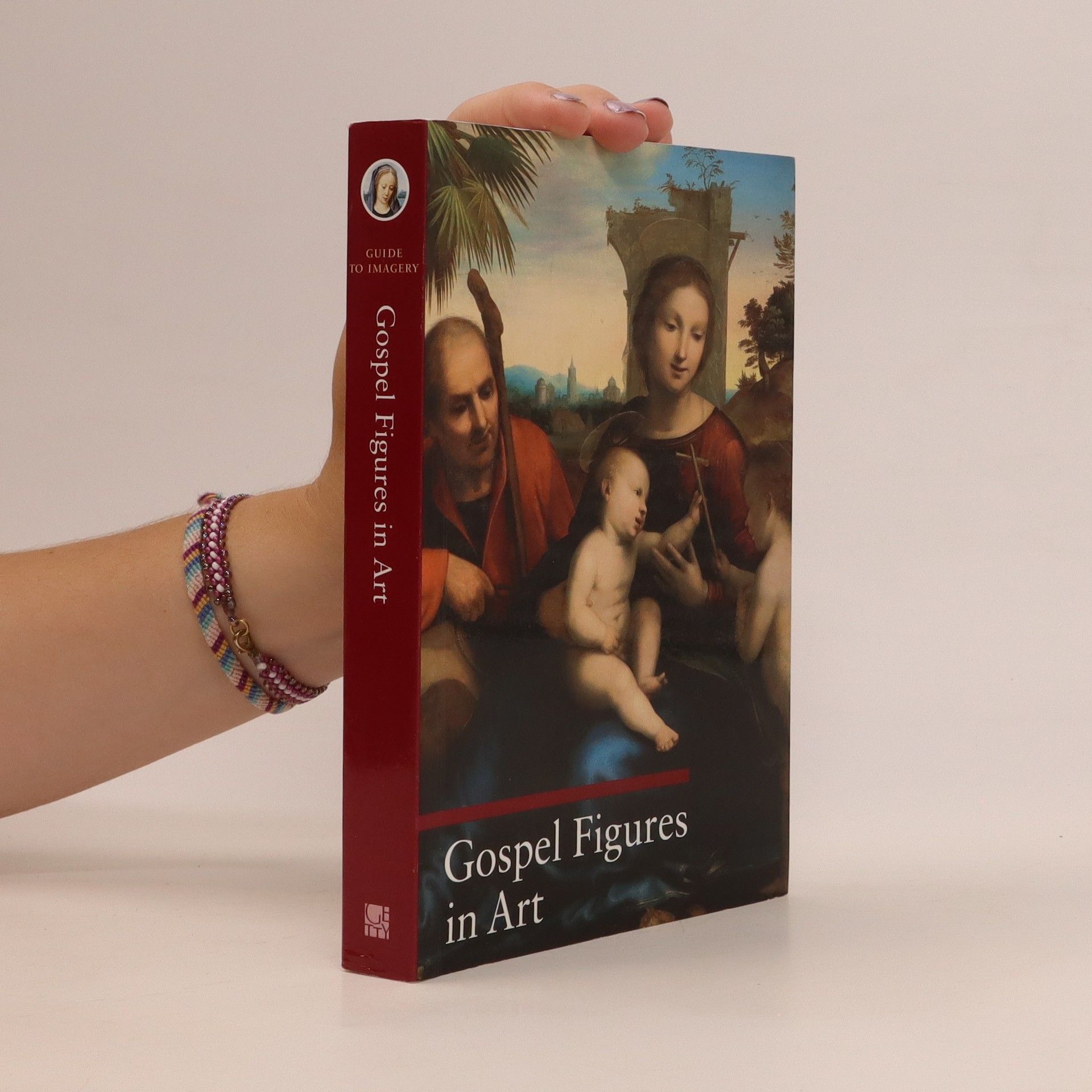
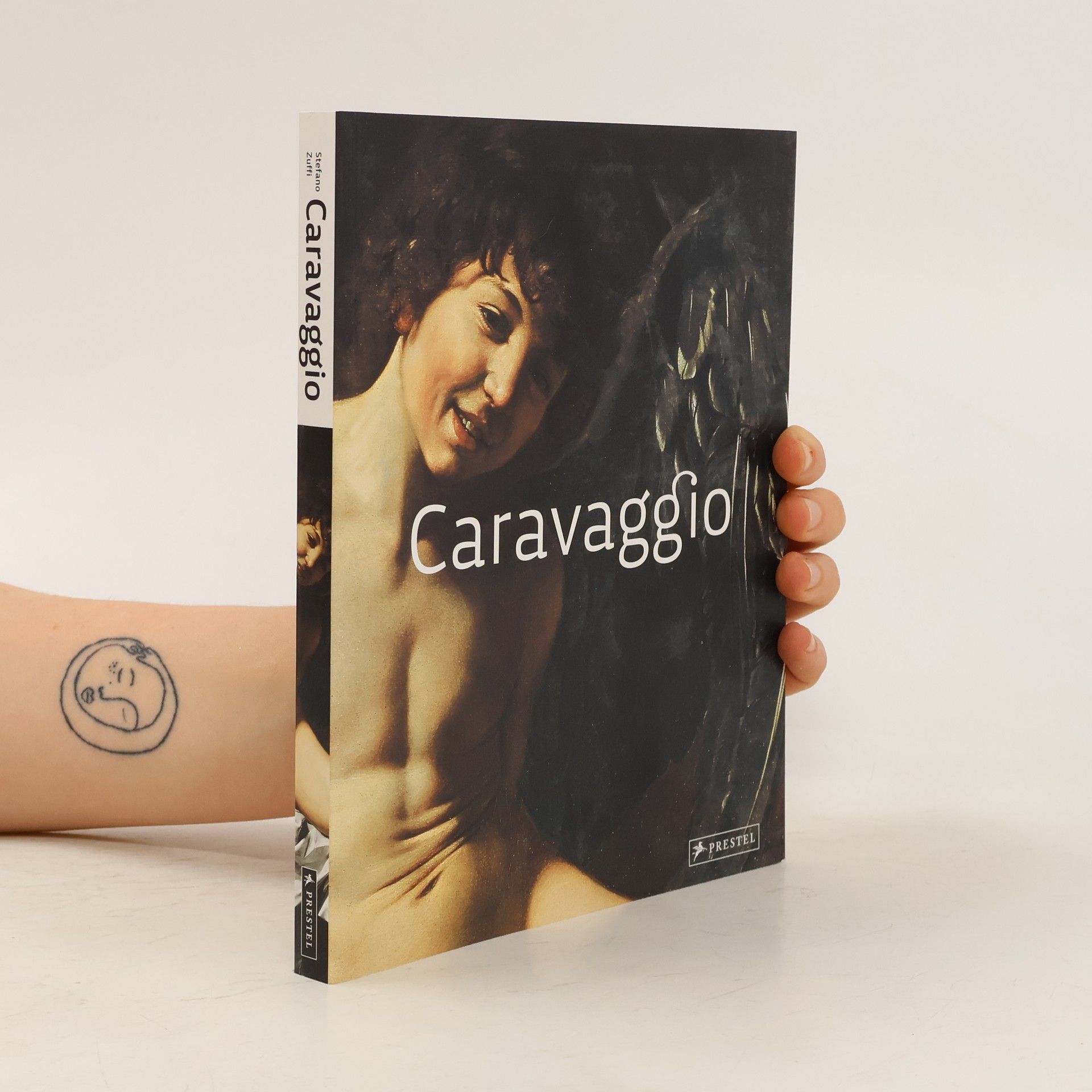

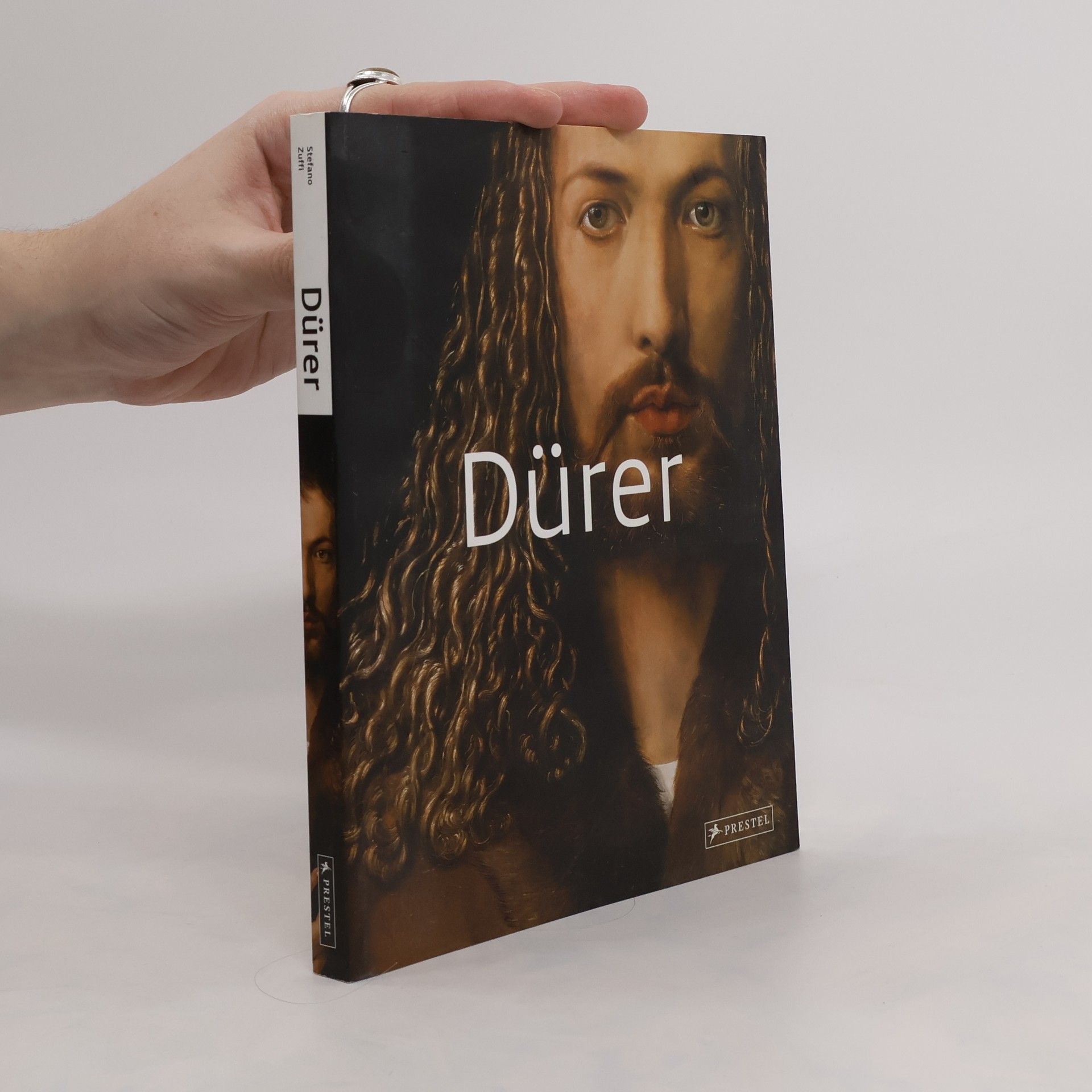


Raphael in Detail
- 223 pages
- 8 hours of reading
Crowned the 'Prince of Painters' by Giorgio Vasari, Raphael (1483-1520) counts as one of the most popular artists of the Italian Renaissance. Famous for his serene and harmonious Madonnas and his work at the Vatican Palace, he was an extremely influential painter during and after his lifetime. Raphael was hired by Pope Julius II as his chief architect and his first commission was to decorate the papal apartments at the Vatican in 1509. Today these rooms attract visitors from all over the world. Raphael in Detail shows his masterpieces as never before, in beautiful details. Art historian and specialist of the Italian Renaissance Stefano Zuffi takes the reader on a surprising voyage into Raphael's life and work, travelling from one detail to another. The book is organized thematically and includes a biography and an annotated list of works.
Durer
- 159 pages
- 6 hours of reading
This generously illustrated volume on the work of Durer makes the world's greatest art accessible to readers of every level of appreciation.
European Art of the Sixteenth Century
- 384 pages
- 14 hours of reading
In the sixteenth century, the humanist values and admiration for classical antiquity that marked the early Renaissance spread from Italy throughout the rest of the continent. Part of the Art through the Centuries series, this volume is divided into three sections that discuss the important people, concepts, and artistic centres of this period.
Caravaggio
- 159 pages
- 6 hours of reading
This generously illustrated volume on the work of Caravaggio makes the world's greatest art accessible to readers of every level of appreciation.
Gospel figures in art
- 384 pages
- 14 hours of reading
In viewing the great works of sacred Western art, many people find difficulty in understanding the stories and identifying the figures portrayed in them. This informative guide decodes these often-mysterious scenes and reveals a vibrant world of images from the Christian tradition for museum visitors, students, and art enthusiasts alike. Gospel Figures in Art examines depictions of stories and figures from both the New Testament's canonical gospels (the books of Matthew, Mark, Luke, and John) and the apocryphal gospels (early Christian writings excluded from the New Testament because of their unsubstantiated authorship), which served as rich sources of inspiration for medieval and Renaissance artists. Illustrated with masterpieces from many of the world's premier museums, the art works provided as visual references are carefully analyzed. Sections are devoted to the principal figures in the life of Jesus Christ-his family and the evangelists-and to the major biographical turning points: his birth and baptism, his public life, the miracles and good deeds he performed, his crucifixion, resurrection, and the events that followed. This indispensable resource makes the icons and narratives of sacred art come to life.
European Art of the Fifteenth Century
- 384 pages
- 14 hours of reading
Analyzes the most important people, places, and concepts of the early Renaissance period, whose explosion of creativity was to spread throughout Europe in the 16th century. In this book, important facts are called out in the margins of each entry, and key elements are pointed out on each illustration.
Italian painting. Artists and their masterpieces throughout the ages
- 398 pages
- 14 hours of reading
This splendid volume traces the major stages in this fascinating adventure. It analyzes the most important works of the 130 great artists from the Middle Ages to the midtwentieth century.With over 500 full-color illustrations this is the most complete and systematic inventory of images of Italian art that has ever been compiled. All the illustrations are accompanied by concise explanatory captions which provide a stimulating yet simple key to a fuller understanding of the famous painters.
Van Eyck
The Arnolfini Portrait
The Art Mysteries series examines several highly regarded masterpieces in an attempt to unravel the mysteries that surround them. Edited by Marco Carminati and Stefano Zuffi, they present an up-to-date and spectacular reading of famous paintings, investi
Bella! Italia
- 240 pages
- 9 hours of reading
Ai viaggiatori del Nord che nei secoli passati valicavano le Alpi e si affacciavano sul lago di Garda, costeggiato di castelli, viti, ulivi e limoni, l'Italia appariva da subito un paese incantato. E la meraviglia aumentava di tappa in tappa, scendendo verso le città d'arte della pianura, oppure in direzione dell'incomparabile Venezia; scoprendo le coste dirupate della Liguria, e poi l'arte di Firenze, di Pisa, di Siena. Immersi in una storia millenaria e in un paesaggio sempre nuovo, affioravano i resti grandiosi delle civiltà antiche, preannuncio della gloria di Roma imperiale, rinascimentale, barocca... E poi il sole del Mezzogiorno, i golfi e le isole in un mare scintillante, il Vesuvio e Napoli, le città e i templi della Magna Grecia, i colori della Sicilia, le segrete e misteriose bellezze della Sardegna. Questo spettacolo infinito e mutevole viene offerto ogni giorno a chi vive e a chi visita l'Italia. Per la sua singolarissima conformazione geografica, che dalle montagne più belle e più alte d'Europa si protende fino ad affacciarsi nel centro del Mediterraneo, l'Italia propone una varietà di situazioni paesaggistiche, ambientali, storiche, artistiche e monumentali senza questo volume presenta e raccoglie le immagini di luoghi celebri e di angoli segreti, in un itinerario che attraversa tutte le regioni di una nazione che è nata "solo" 150 anni fa, ma che da millenni conserva il segreto della bellezza e del piacere.
